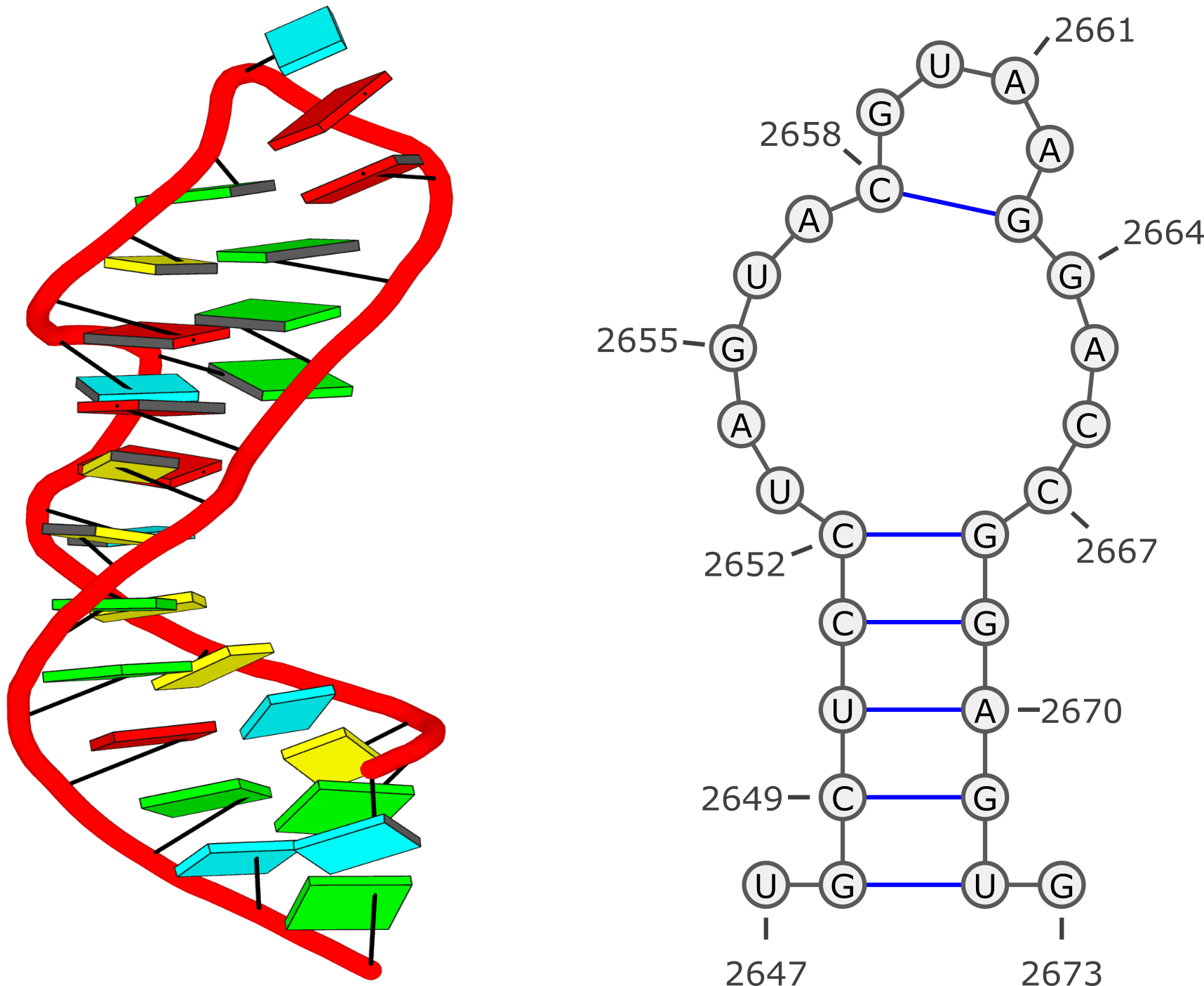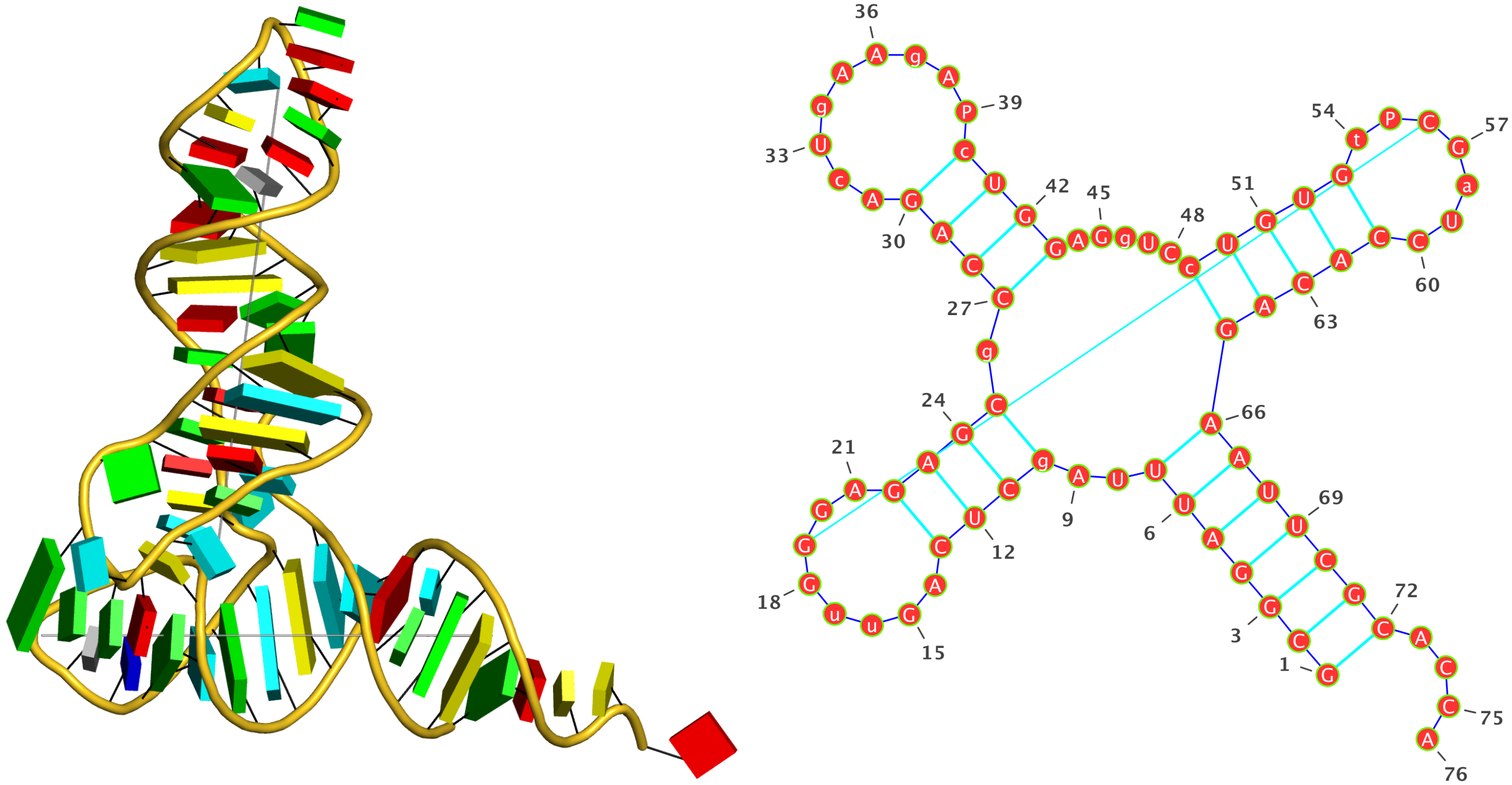Hi Asmita,
Thanks for your feedback. Now I have access to a Debian 6 (x86_64) machine from
SBGrid, and did the followings:
~ [501] lsb_release -a
No LSB modules are available.
Distributor ID: Debian
Description: Debian GNU/Linux 6.0.6 (squeeze)
Release: 6.0.6
Codename: squeeze
~ [502] uname -a
Linux sbgrid-dev-vm-17 2.6.32-5-amd64 #1 SMP Sun Sep 23 10:07:46 UTC 2012 x86_64 GNU/Linux
~ [503] ldd --version
ldd (Debian EGLIBC 2.11.3-4) 2.11.3
Copyright (C) 2009 Free Software Foundation, Inc.
This is free software; see the source for copying conditions. There is NO
warranty; not even for MERCHANTABILITY or FITNESS FOR A PARTICULAR PURPOSE.
Written by Roland McGrath and Ulrich Drepper.
bin [514] ./mutate_bases
===========================================================================
NAME
mutate_bases -- mutate bases, with backbone conformation unchanged
SYNOPSIS
mutate_bases [OPTIONS] mutinfo pdbfile outfile
DESCRIPTION
perform in silico base mutations of 3-dimensional nucleic acid
structures, with two key and unique features: (1) the sugar-
phosphate backbone conformation is untouched; (2) the base
reference frame (position and orientation) is reserved, i.e.,
the mutated structure shares the same base-pair/step
parameters as the original one.
......
AUTHOR
3DNA v2.1 (c) 2013 Dr. Xiang-Jun Lu (xiangjun@x3dna.org; http://x3dna.org)
===========================================================================
As shown above, the latest 3DNA v2.1 (
2013feb22) is working properly on Debian 6.
Recent 3DNA v2.1 Linux 64-bit releases have been compiled on CentOS 5 (x86_64), which has "
ldd (GNU libc) 2.5". Moreover, I have just verified that the latest 2013feb22 x86_64 version works on the following settings:
- Scientific Linux 6; ldd (GNU libc) 2.12
- Ubuntu 8.04; ldd (GNU libc) 2.7
- Ubuntu 12.04; ldd (Ubuntu EGLIBC 2.15-0ubuntu10.3) 2.15
Unless I am missing something obvious, you must have been using a previous release of 3DNA v2.1 which was compiled on Ubuntu 12.04. Install the
2013feb22 release of 3DNA v2.1 and report back if that helps.
Does anyone else have such problem with the Linux 64 bit version of 3DNA v2.1 (2013feb22)?
Xiang-Jun
 . I'll get them fixed shortly -- hopefully by tomorrow. With the next release, the program would be quite robust, I believe.
. I'll get them fixed shortly -- hopefully by tomorrow. With the next release, the program would be quite robust, I believe. . I'll get them fixed shortly -- hopefully by tomorrow. With the next release, the program would be quite robust, I believe.
. I'll get them fixed shortly -- hopefully by tomorrow. With the next release, the program would be quite robust, I believe.




